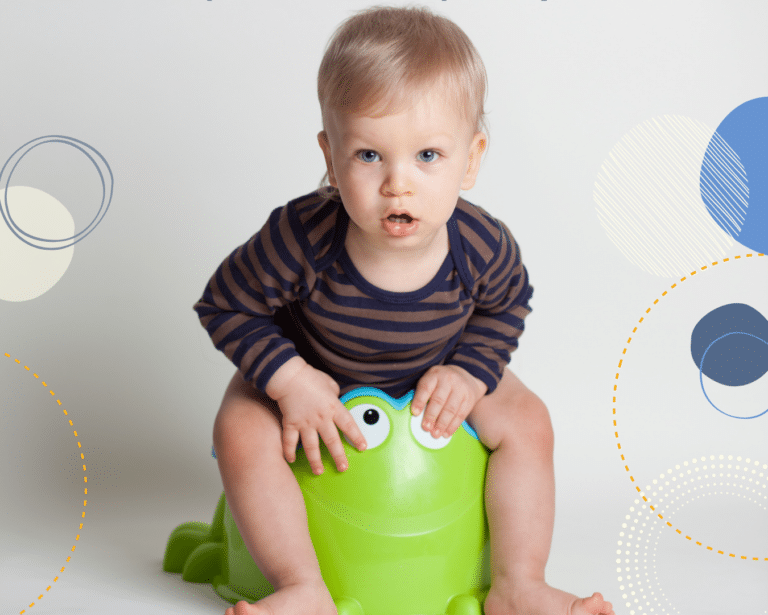Making reward charts work
Reward charts are a fantastic positive parenting tool for encouraging the behaviour you want from your children. Whether it’s helping out around the house, being polite or using the potty, a reward chart is a great option for focusing your child’s mind on the right behaviour and motivating them to do it.
Reward charts work best when the target behaviour is clearly defined, when the rewards are achievable and when your child actually wants the rewards. Breaking habits takes effort – from both you and your child – and reward charts work best when both of you are fully on board.
Here’s a few tips to help you get the maximum effect out of using a reward chart.
Define the target behaviour clearly
Reward charts are a tool for encouraging new behaviour (rather than for reacting to undesirable behaviour) so the first thing you need to do is to define clearly what good looks like. So, for example, if the problem you are trying to tackle is whining, then the target behaviour (the behaviour that will earn the reward) might be “Speaking in a nice voice”. Or, if you want your children to stop being mean to each other, then perhaps “Using kind words”. Practice with your child so that s/he is really clear about exactly what behaviour will earn a reward (and what won’t) so that nobody is in any doubt. It’s best just to work on one thing at a time. Try not to be vague – reward charts for “Being good” will only end up in arguments with your child about what constitutes good and whether a sticker should be given… (See What’s the difference between rewards and bribes?)
Choose rewards that engage your child
For young children, a special sticker stuck on their jumper can be motivation enough (smelly stickers stuck on the back of a toddler’s hand can work really well!). For older children, stickers or stamps on a chart that add up to rewards at the end of each day (with maybe a bigger reward at the end of the week) can keep them motivated. But, if stickers or stamps are not your child’s thing, then try marbles in a jar (or lego, or pennies, or ping-pong balls….) or use a ladder chart or a tally of points.
Back up the stickers with rewards that celebrate your child’s success and that will motivate them to keep going. Rewards do not have to cost anything – an extra bedtime story, a trip to the park with Daddy, baking cookies together or playing a game are all great ideas. The important thing is that your child is excited by the prospect of the reward and wants to make an extra special effort to achieve it.
Start where your child can succeed
At the beginning, the rewards need to be earned frequently – preferably every single time your child does the target behaviour. If it’s not possible to reward them every time, then try dividing the time up into small blocks (eg 15 minutes) and rewarding them for every 15 minutes they manage to sustain the behaviour. Once your child is engaged and doing the target behaviour regularly, slowly move the goalposts. Rewards might be earned after 30 minutes, or an hour, then they need to go the whole day to earn the reward, or perhaps more stickers might be required to earn the bigger reward. The idea is to phase out the chart after three or four weeks once a new habit has been established to avoid reward-dependence.
Focus on the positive
Make sure the rewards are backed up with lots of praise and attention and remember to continue to praise and acknowledge good behaviour once the rewards have been phased out (see Help, the kids are driving me mad!). Don’t be tempted to take away stickers or rewards if your child gets it wrong – not getting the reward is consequence enough. Children will make mistakes and you will need to be strong and make sure they don’t get the reward if they don’t meet the target, even if they are horribly disappointed. Remind them that they will have another chance to get it right. But once your child has earned a reward, it is theirs. Taking away stickers is demotivating. What’s the point in trying again if they might lose that sticker anyway? If you need to use an extra consequence for misbehaviour, keep that separate from the reward system.
Sitting down and designing reward charts with your children can be a lovely part of the process. But there are lots of reward charts available free to download online if you don’t want to make your own – check out Kiddy Charts. You might also like this short video clip on setting ground rules.
Got a teenager who is too old for sticker charts? Check out the teenage version: Using a behaviour contract with teenagers.







Thanks for featuring our charts in your post 😀
You are very welcome – they are great!
We have had great reactions to rewards charts – couldn;t believe how well a bit of positive reinforcement worked on a 2 year old!
She did have to stick the stickers all over the chart though – not quite big enough for rows & columns!
Thanks for linking up to #coolmumclub
They can be quit magic when they work well, can’t they!
These are great tips, we have tried this with my son unfortunately we have yet to get him very interested. The rewards don’t see to motivate him 🙁 Thanks for sharing 3coolmumclub
Sometimes it can take a while to find the right motivators and you might have to try quite a few different things before you find a reward system that gets your child excited….
Great tips, and some I’m sure I’ll be using fairly soon! #coolmumclub
Always good to be prepared, they grow up so fast…..
Good ideas, I will try this with my son, I hope it will be interesting…… Thanks for sharing..
These are great tips for making this creative reward charts work, very useful.
Thanks!